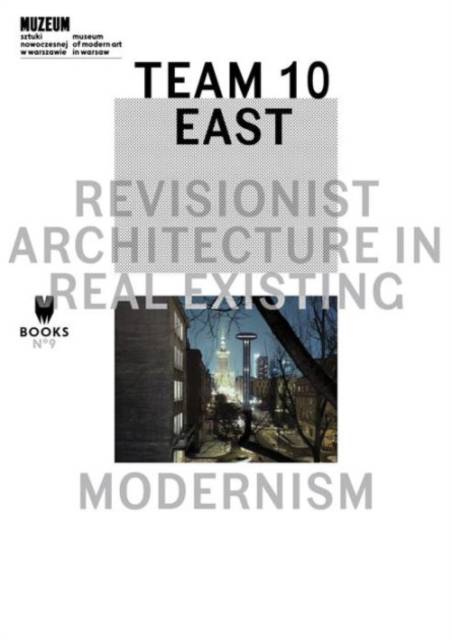
Door een staking bij bpost kan je online bestelling op dit moment iets langer onderweg zijn dan voorzien. Dringend iets nodig? Onze winkels ontvangen jou met open armen!
- Afhalen na 1 uur in een winkel met voorraad
- Gratis thuislevering in België vanaf € 30
- Ruim aanbod met 7 miljoen producten
Door een staking bij bpost kan je online bestelling op dit moment iets langer onderweg zijn dan voorzien. Dringend iets nodig? Onze winkels ontvangen jou met open armen!
- Afhalen na 1 uur in een winkel met voorraad
- Gratis thuislevering in België vanaf € 30
- Ruim aanbod met 7 miljoen producten
Zoeken
Omschrijving
This volume coins the term "Team 10 East" as a conceptual tool to discuss the work of Team 10 members and fellow travelers from state-socialist countries--such as Oskar Hansen of Poland, Charles Polónyi of Hungary, and Radovan Niksic of Yugoslavia. This new term allows the book's contributors to approach these individuals from a comparative perspective on socialist modernism in Central and Eastern Europe and to discuss the relationship between modernism and modernization across the Iron Curtain. In so doing, Team 10 East addresses "revisionism" in state-socialist architecture and politics as well as shows how Team 10 East architects appropriated, critiqued, and developed postwar modernist architecture and functionalist urbanism both from within and beyond the confines of a Europe split by the Cold War.
Specificaties
Betrokkenen
- Auteur(s):
- Uitgeverij:
Inhoud
- Aantal bladzijden:
- 250
- Taal:
- Engels
- Reeks:
Eigenschappen
- Productcode (EAN):
- 9788364177033
- Verschijningsdatum:
- 15/08/2014
- Uitvoering:
- Paperback
- Formaat:
- Trade paperback (VS)
- Afmetingen:
- 137 mm x 190 mm
- Gewicht:
- 249 g

Alleen bij Standaard Boekhandel
+ 59 punten op je klantenkaart van Standaard Boekhandel
Beoordelingen
We publiceren alleen reviews die voldoen aan de voorwaarden voor reviews. Bekijk onze voorwaarden voor reviews.











